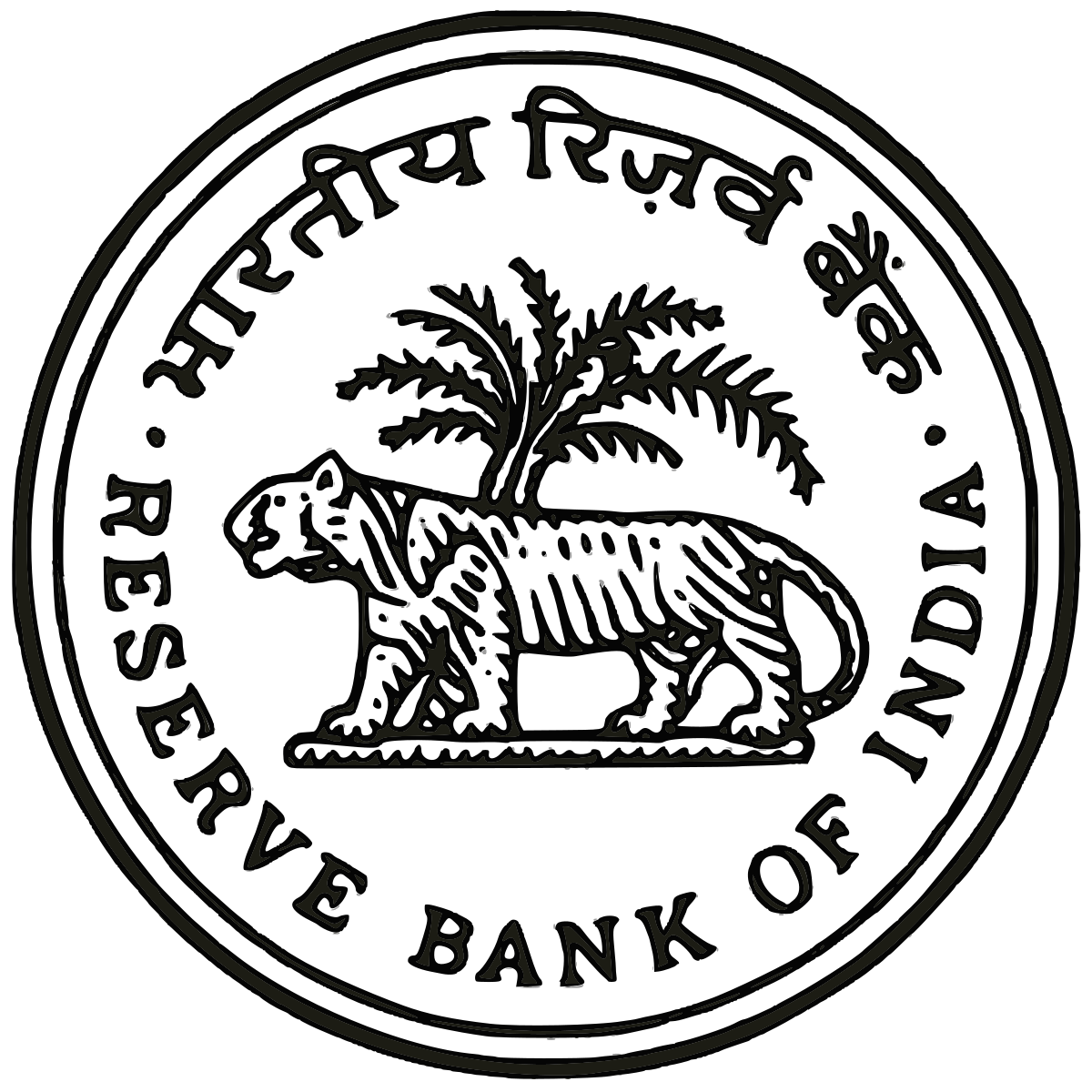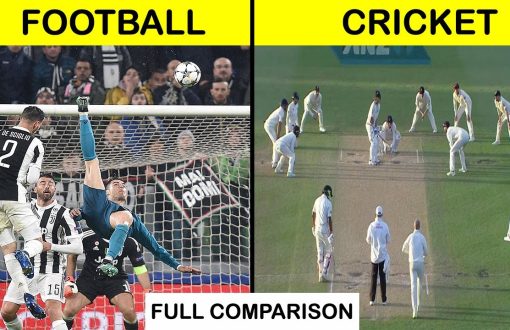RBI hikes repo rate by 35 basis Points: Reason Behind It

Introduction
According to the Reserve Bank of India, the repo rate increased by 35 basis points to 6.25 per cent. According to governor Shaktikanta Das, the RBI Monetary Policy Commitodecided to encrypt the speed to bring elevated inflation back to its target of 4%.
The six-member MPC prioritised withdrawing accommodation during its December 5–7 policy meeting.
Although 5 out of the MPC’s six members voted in favor of the rate increase, it was not unanimous. Four out of the six members who voted did not agree with the stance, and the decision was not made unanimously.
The rate for the Standing Deposit Facility, which serves as the floor of the interest rate corridor, has increased by 35 basis points to 6%. The upper band of the interest rate corridor, known as the Marginal Standing Facility rate, has also been raised by 35 basis points to 6.50 per cent.
A Business Standard poll of ten respondents projected a 35 basis point increase. Therefore, the rate increase was in line with market expectations. The repo rate is currently at its highest level since February 2019. In 2022, the MPC raised the repo rate by 225 basis points.
The 10-year benchmark bond’s yield last stood at 7.29%, up four basis points from the previous close. The movement of bond prices and products is the opposite. Traders claimed that Das’ repeated expressions of worry about persistent and sticky core inflation were the cause of the initial weakness in bonds.
The rupee’s last value against the US dollar was 82.62, unchanged from the previous close.
According to Das, the MPC kept its 6.7% inflation prediction for the current fiscal year. However, the MPC has slightly increased its projections for the present and subsequent quarters. As the CPI measures, inflation is predicted to be 6.6% from October to December, up from the previously expected 6.5%. Headline retail inflation is estimated to be 5.9% from January through March, down from the earlier estimate of 5.8%.
According to Das, the MPC has kept its inflation forecast for the first quarter of the upcoming fiscal year at 5%, while the price gauge is expected to be at 5.4% in the second quarter.
Das highlighted ongoing price pressures and the stickiness of core inflation, which excludes the volatile components of food and fuel, while stating that CPI-based inflation is likely to moderate.
Further calibrated monetary policy action is necessary to maintain inflation expectations, end core inflation persistence, and control second-round effects, according to Das. “The medium-term inflation target is exposed to heightened uncertainties,” Das said.
Das repeatedly emphasized the need to lower elevated core inflation and referred to it as the current “main risk.” Even though future food inflation is predicted to moderate, he noted pressure points, such as increasing milk, spice, and cereal prices.
“Overall CPI pricing momentum is still strong,” he remarked.
Due to supply-side disruptions brought on by the Covid-19 pandemic and a spike in global commodity prices following Russia’s invasion of Ukraine in late February, consumer price index-based inflation has been elevated for several months.
For ten months in a row, the MPC’s tolerance range of 2-6% for CPI inflation has been surpassed. The price index has been over 4% for 37 consecutive months and reached 6.77% in October. Core inflation was approximately 6%.
Reduced growth projection
The forecast for GDP growth for the current fiscal year was also slightly lowered by the RBI governor, going from 7% to 6.8%. Despite the revised growth forecast, he claimed that India would still be among the major economies with the fastest growth rates.
According to Das, the GDP growth for October through December is now projected to be 4.4%, down from 4.6%, while growth for January through March is projected to be 4.2%, down from 4.6%.
GDP growth is anticipated to be 7.1% in the first quarter of the upcoming fiscal year as opposed to the 7.2% that the MPC had previously predicted. 5.9% GDP growth is anticipated in the second quarter of the upcoming fiscal year.
According to Das, high-frequency indicators in the most recent quarter showed a strengthening of economic activity. He noted a recovery in rural demand, strength in consumer discretionary spending, and strong sales of tractors and two-wheelers as indicators.
Was the decision to raise the RBI rate unanimous?
The six-member MPC, led by RBI Governor Shaktikanta Das, decided to raise the repo rate for the fifth time since May 2022 with the support of five members. The MPC also decided to keep concentrating on the withdrawal of accommodations by a vote of 4 out of 6 members.
What consequences will the RBI’s choice have?
Bank lending rates are anticipated to increase as the cost of funds is expected to continue rising. The EMIs for personal, mortgage and car loans will also rise. Because these loans are correlated to the Repo rate, banks’ external benchmark linked lending rates (EBLR) will increase by 35 bps. At this time, the Repo rate is a factor in up to 43.6% of all loans.
Banks’ loan portfolios’ margin-based lending rates (MCLR), which make up 49.2% of their total loans, are also anticipated to rise. The increase will aid in reducing national inflation.
Shortly, deposit rates are also anticipated to increase. The largest bank in India, SBI, now provides a 6.10 per cent rate on one-year term deposits.
The Monetary Committee raised the rate for what reason?
The RBI has raised the policy rate to reduce inflation from its current rate. Despite falling to 6.77 per cent in October, a three-month low, inflation is still significantly higher than the Reserve Bank of India’s (4%) comfort level. The increase in core inflation, which is the portion of inflation that excludes food and energy, which edged up again after moderating over the summer, is what the central bank is most concerned about.
Additionally, households’ expectations for inflation are still high as long as food prices stay high. Given that imports make up a third of the CPI basket, RBI officials are becoming more concerned about inflation due to the rupee’s weakness against the US dollar.
In recent cycles, how has the interest rate change?
Since the beginning of the tightening cycle in April 2022, the RBI has increased rates by 225 basis points (bps), trailing the US Federal Reserve’s 350 bps increases simultaneously. The Repo rate increased by 50 bps each time in the last three increases.
Further rate hikes will likely boost the rupee while reducing underlying inflationary pressures. The Reserve Bank of India has previously intervened to support the rupee. Analysts anticipate that the central bank will raise the interest rate to 6.50 per cent by February 2023 and then hold it there for the rest of the year.
The RBI will likely stop raising rates in 2023 if retail inflation slows.
How has the transmission rate developed?
The weighted average lending rates (WALRs) on new and outstanding rupee loans have risen by 117 basis points and 63 basis points, respectively, from May to October 2022, according to the RBI. On the deposit side, during the same period, the weighted average domestic term deposit rate on new and outstanding deposits rose by 150 basis points and 46 basis points, respectively. “We are actively monitoring this transmission process,” Das said.
What are the growth and inflation projections from the RBI?
The flexible framework for inflation targeting calls for the RBI to keep retail inflation at 4% (+/-2%). The rate-setting panel reduced the authentic gross domestic product (GDP) for fiscal 2022–2023 from 7% in the prior projection made public during the September policy announcement to 6.8%. The MPC kept the inflation estimate for 2022–2023 at 6.7%.



